Saracco Riesling 2006


Product Details
Your Rating
Somm Note
Winemaker Notes
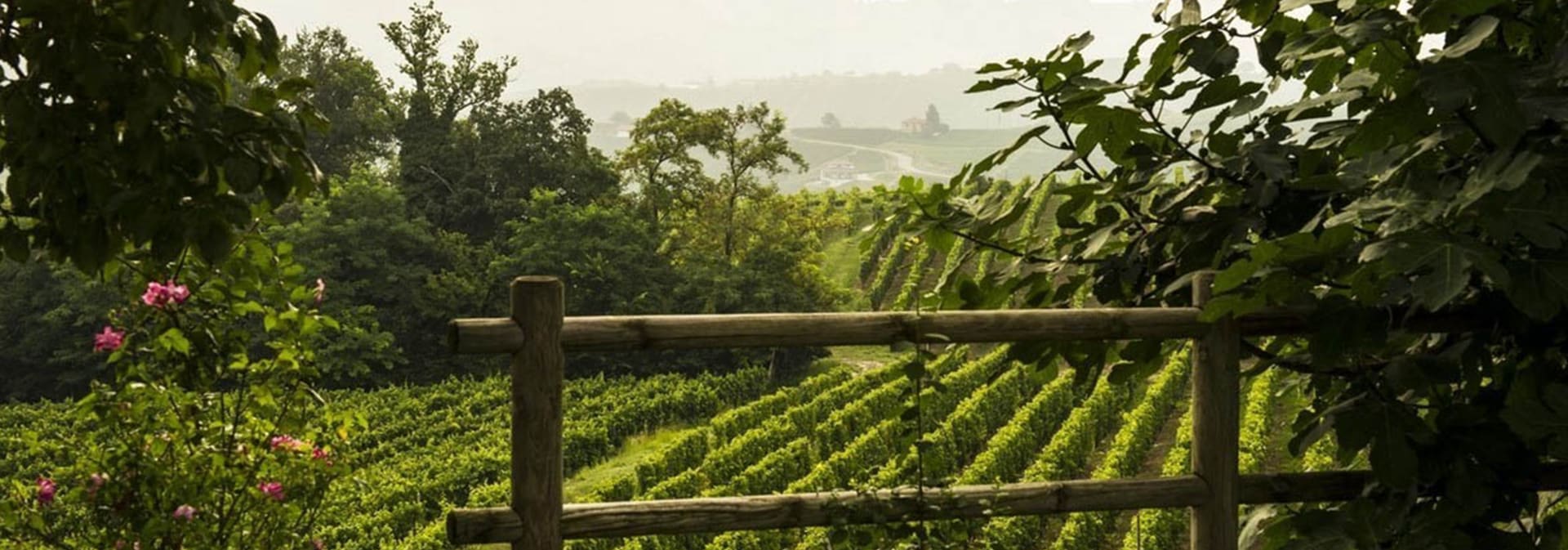

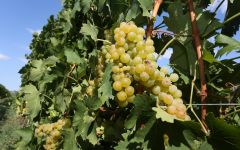
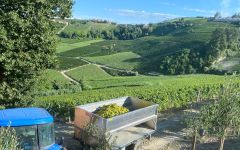
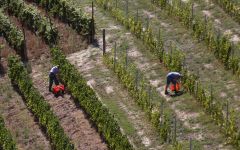
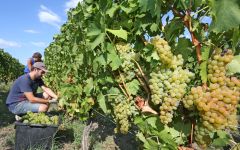


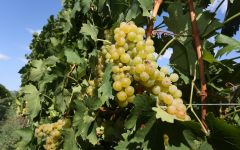


Saracco is located in the small village of Castiglione Tinella, in Asti, in the heart of the Langhe, in Piedmont, Italy The Langhe is known as the land of great Nebbiolo wines like Barolo and Barbaresco but it is also home to the Muscat Bianco Canelli grape that produces Moscato d’Asti. Upon graduating enology school, Paolo Saracco told his father that he wanted to stop selling their grapes as he had been doing, and produce a namesake Moscato wine. His father was very reluctant but eventually realized that his son was on to something. Paolo created the quality Moscato category in the US market, was named the “Maestro of Moscato” by wine writer Antonio Galloni in 2011 and has gone on to receive the highest and most consistent over 90 point scores from the top wine publications for the past 10 vintages.
Saracco Moscato is always the first wine of the vintage to arrive into the market, released in late November of the same year. It is harvested in late August, vinified in stainless and is ready for bottling a few months later. He bottles weekly so the consumer is always getting the freshest wine. While other producers in the area make Moscato, they are primarily red wine focused and Moscato is a very small segment of their overall production. Paolo is 100% dedicated to making Moscato and has earned the following of consumers world- wide, including hip hop celebrities who have rapped about Saracco Moscato in their songs. And, if you can hold on to a bottle for your cellar, it ages beautifully – contrary to common beliefs.

Riesling possesses a remarkable ability to reflect the character of wherever it is grown while still maintaining its identity. A regal variety of incredible purity and precision, this versatile grape can be just as enjoyable dry or sweet, young or old, still or sparkling and can age longer than nearly any other white variety. Somm Secret—Given how difficult it is to discern the level of sweetness in a Riesling from the label, here are some clues to find the dry ones. First, look for the world “trocken.” (“Halbtrocken” or “feinherb” mean off-dry.) Also a higher abv usually indicates a drier Riesling.

Set upon a backdrop of the visually stunning Alps, the enchanting and rolling hills of Piedmont are the source of some of the country’s longest-lived and most sought-after red wines. Vineyards cover a great majority of the land area—especially in Barolo—with the most prized sites at the top hilltops or on south-facing slopes where sunlight exposure is maximized. Piedmont has a continental climate with hot, humid summers leading to cold winters and precipitation year-round. The reliable autumnal fog provides a cooling effect, especially beneficial for Nebbiolo, Piedmont’s most prestigious variety.
In fact, Nebbiolo is named exactly for the arrival of this pre-harvest fog (called “nebbia” in Italian), which prolongs cluster hang time and allows full phenolic balance and ripeness. Harvest of Nebbiolo is last among Piedmont's wine varieties, occurring sometime in October. This grape is responsible for the exalted Piedmont wines of Barbaresco and Barolo, known for their ageability, firm tannins and hallmark aromas of tar and roses. Nebbiolo wines, despite their pale hue, pack a pleasing punch of flavor and structure; the best examples can require about a decade’s wait before they become approachable. Barbaresco tends to be more elegant in style while Barolo is more powerful. Across the Tanaro River, the Roero region, and farther north, the regions of Gattinara and Ghemme, also produce excellent quality Nebbiolo.
Easy-going Barbera is the most planted grape in Piedmont, beloved for its trademark high acidity, low tannin and juicy red fruit. Dolcetto, Piedmont’s other important red grape, is usually ready within a couple of years of release.
White wines, while less ubiquitous here, should not be missed. Key Piedmont wine varieties include Arneis, Cortese, Timorasso, Erbaluce and the sweet, charming Muscat, responsible for the brilliantly recognizable, Moscato d'Asti.
